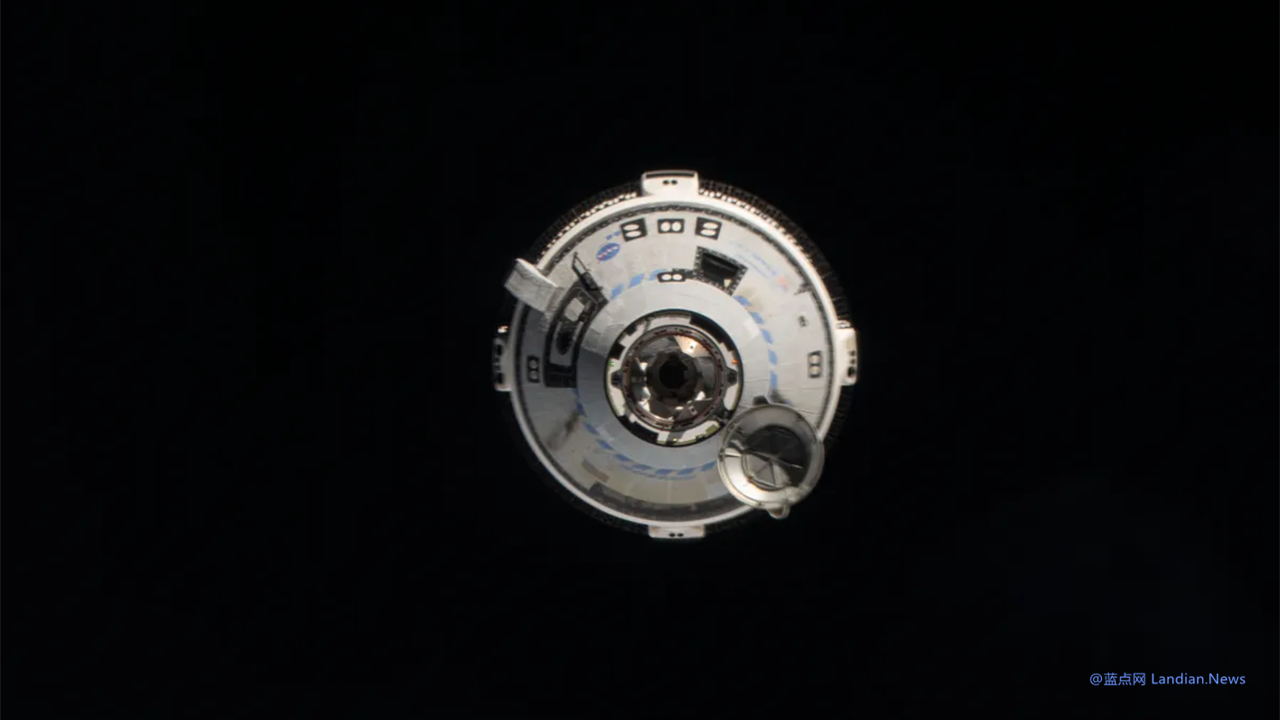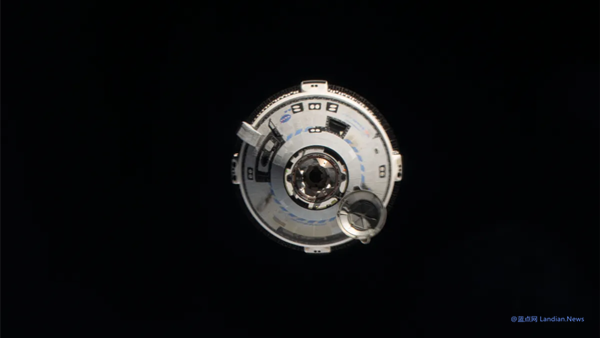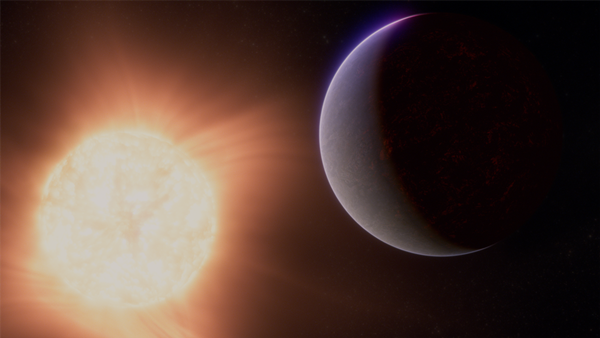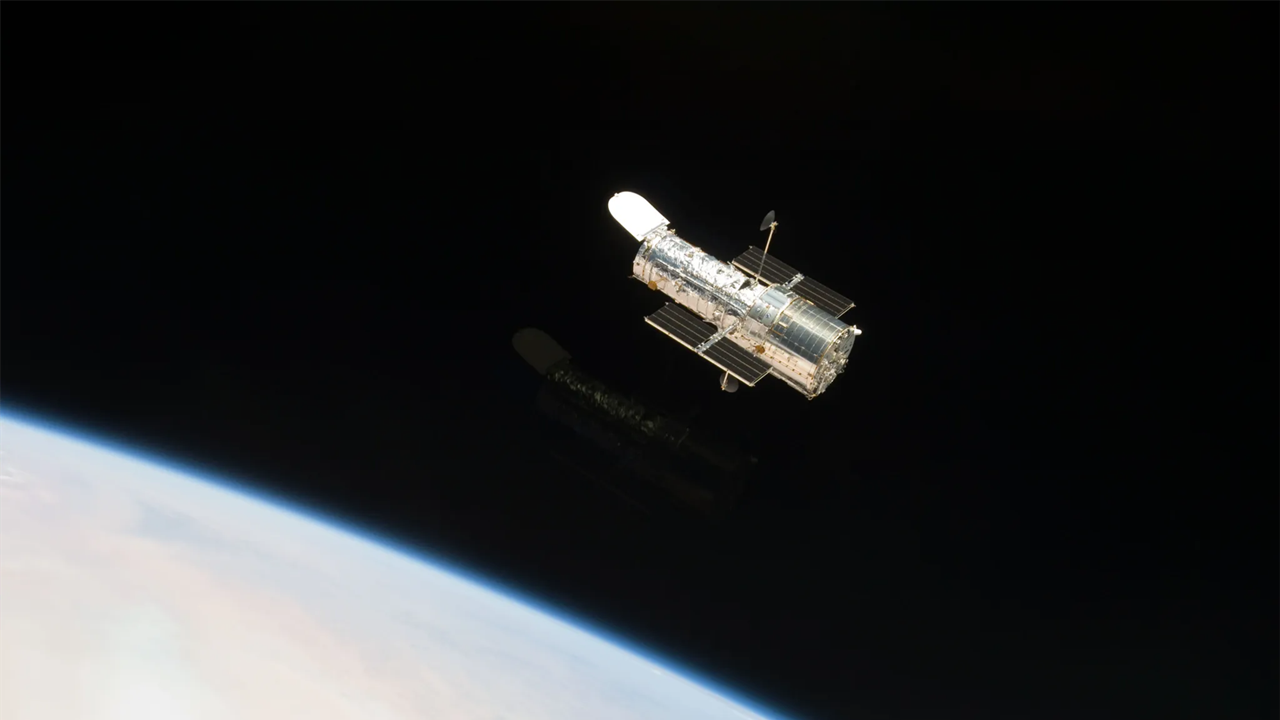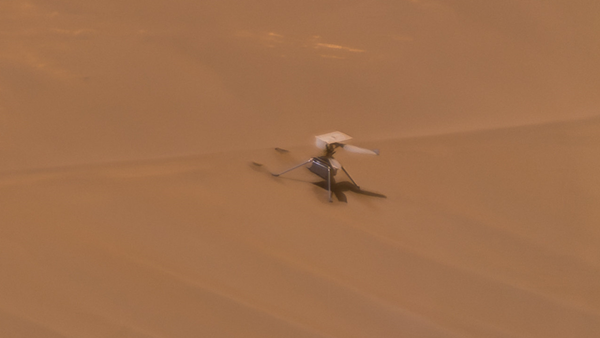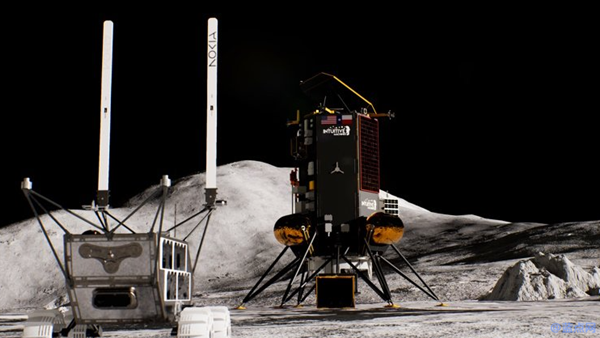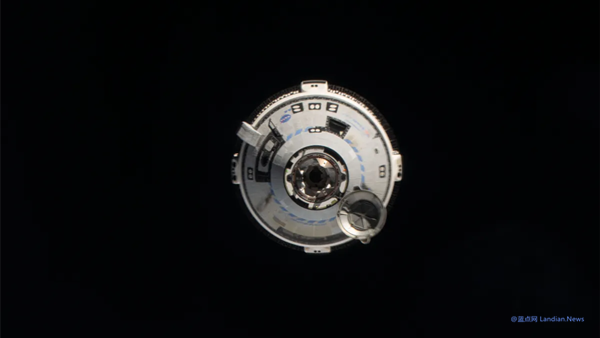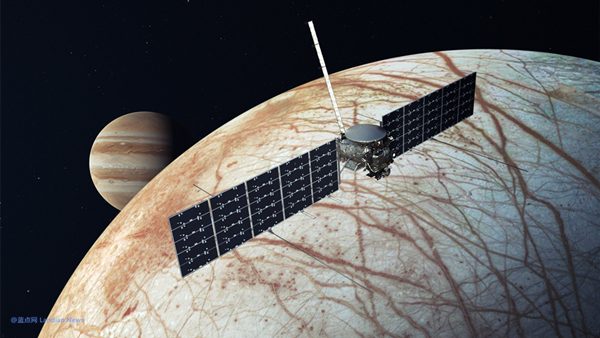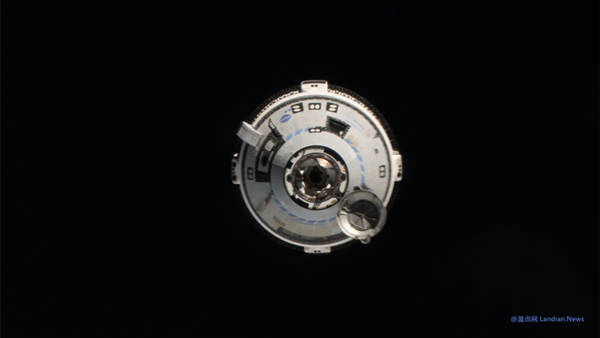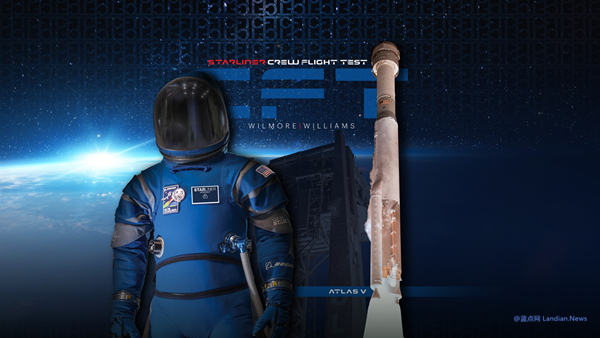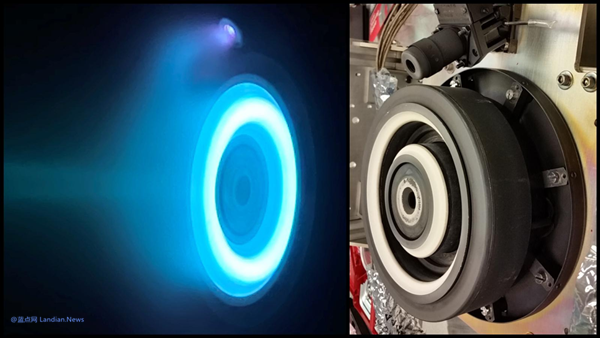Boeing Decides Starliner CST-100 to Return to Earth Remotely on September 6
After thorough assessments, Boeing has decided to bring back the Starliner CST-100 spacecraft, currently docked at the International Space Station (ISS), to Earth via remote control. The decision comes in light of various mechanical and hardware malfunctions, which have also resulted in the stranding of two astronauts aboard the ISS. Considering safety, these astronauts will not return in the spacecraft.
The Starliner CST-100 encountered multiple issues, including a helium leak and various valve or thruster malfunctions, after delivering two astronauts to the ISS in June. The spacecraft has since been under investigation while docked in space.
NASA has announced that the stranded astronauts will return to Earth in February of the next year aboard SpaceX's Dragon spacecraft, marking a somewhat embarrassing moment for Boeing as its astronauts have to rely on a competitor's vehicle for their return, extending their stay in space to nearly eight months.
Boeing's current focus is on ensuring the safe return of the Starliner CST-100. The spacecraft is scheduled to undock from the ISS at 22:04 GMT on September 6 and return to a spaceport on September 7 at 04:04 GMT, aided by parachutes. This operation will be entirely unmanned, controlled remotely by ground control personnel. While the return procedure is pre-programmed, requiring minimal intervention, unforeseen issues could still complicate the return.
NASA seems relatively unconcerned, given that the spacecraft has undergone unmanned test flights in December 2019 and May 2022. Despite not reaching the ISS as planned on its first mission, it successfully returned to Earth. The second mission achieved both docking and return, suggesting optimism for this unmanned return.
